Every spring, as chicks hatch and new flocks begin to grow, poultry forums, farm groups, and social media pages fill up with familiar posts:
“Looking to trade my rooster for a hen or pullet.”
“Have a nice boy, just need a girl in return.”
At first glance, this might sound like a reasonable request—rooster for hen, male for female, a balanced swap. But in reality, this is neither a fair nor realistic trade for several economic, ethical, and practical reasons. As poultry keepers, it’s important that we understand the value, roles, and supply-demand dynamics of the birds we raise.
The Rooster Reality: Overpopulation and Low Demand
Here’s the simple truth: roosters are everywhere.
Because most straight-run chicks hatch with a 50/50 ratio of males to females, anyone who hatches or purchases unsexed chicks is going to end up with roosters—sometimes a lot of them. On the other hand, most flocks only need one rooster (if any), and some people keep none at all, especially if they are only interested in egg production.
This means the supply of roosters far outweighs the demand. As a result, rehoming a rooster can be difficult, especially once they reach maturity. Even docile, beautiful, and well-handled roosters are hard to place—let alone those who are aggressive, loud, or not a good fit for a flock.
So when you ask someone to give up a pullet or a laying hen in return for a rooster, you’re often asking for something that’s in high demand in exchange for something that’s already in surplus.
What’s a Hen or Pullet Really Worth?
Pullets and hens are valuable assets on a farm or in a backyard flock. A hen that lays eggs consistently provides a steady source of food and income. A pullet, even if she’s not laying yet, represents months of investment in feed, housing, labor, and care.
From hatch to point-of-lay (typically 18–24 weeks), pullets go through:
- Daily feeding and watering
- Nutritional supplementation
- Health monitoring
- Housing and predator protection
- Growth and development milestones
All of that labor and expense adds up. A point-of-lay pullet is often priced between $50–$90 depending on breed, feed costs, and whether she was raised during the more expensive winter months.
Now compare that to a rooster—often free or even offered with extras just to ensure they find a home.
This stark contrast in value is why a trade simply doesn’t balance out.
Why Do People Still Ask for Trades?
The idea of trading may stem from a desire to find a use for an “extra” bird while getting something more functional in return. And while that instinct is understandable, it often reveals a misunderstanding of poultry economics or an attempt to offload a rooster without acknowledging the realities.
Some newer keepers may genuinely not realize the difference in value. Others may assume that a trade helps the other party, too—especially if they think their rooster is particularly handsome, sweet, or rare. Unfortunately, that doesn’t change the underlying math.
The Ethical Side of Rehoming Roosters
Rehoming a rooster should be about finding the right home—not the most profitable one. That means asking:
- Will he be well cared for?
- Will he have adequate space and hens?
- Is he safe from neglect or immediate processing (if rehomed for being a breeder and pet—this does not imply to culling)?
If your goal is to give the bird a good life, placing him for free—or even with a small incentive like a bag of feed or coop supplies—can be the most ethical option. Expecting a hen or pullet in return often places an unfair burden on the other party and may reduce the chance of your rooster finding a good home at all.
And if you do happen to raise quality, breeder-grade roosters with exceptional genetics and handling? That’s different—but those trades typically occur within a closed circle of breeders, and with a mutual understanding of the birds’ value.
What to Do Instead of Asking for a Hen in Trade
If you find yourself with extra roosters, here are some alternatives:
- List them honestly for free or low-cost adoption with details on behavior and breed.
- Offer them to local farms who process or pasture raise for meat (if you’re okay with that).
- Use them in your own flock rotation for fertility if you raise your own chicks.
- Donate to agricultural programs, 4-H, or schools when possible.
- Process them humanely for your own freezer if you raise birds for meat as well.
In Conclusion: Know the Value, Respect the Bird
We all want to do right by the animals we raise. That includes understanding their worth—not just in dollars, but in supply and purpose.
Pullets and hens are in high demand and represent months of effort and expense. Roosters, by contrast, are abundant and often hard to place, regardless of their personality or breed.
Asking for a pullet in return for a rooster is like trying to trade a spare tire for a running car. It’s not a bad tire—but it’s just not an equal swap.
By setting fair expectations and making responsible rehoming choices, we support a better, more informed poultry community for everyone.
If you want to learn more on what we do and raise: visit www.stellargamebirds.net

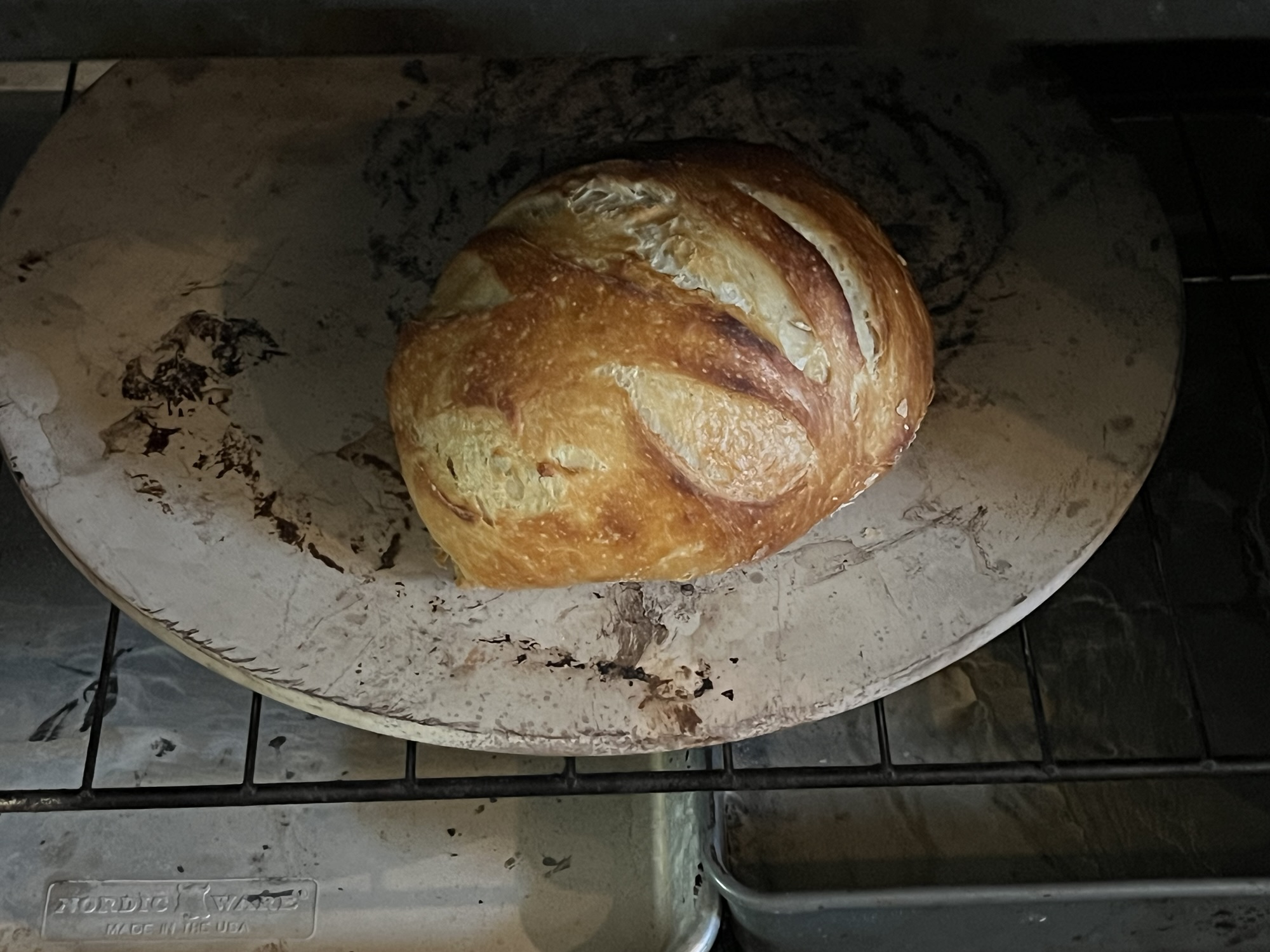
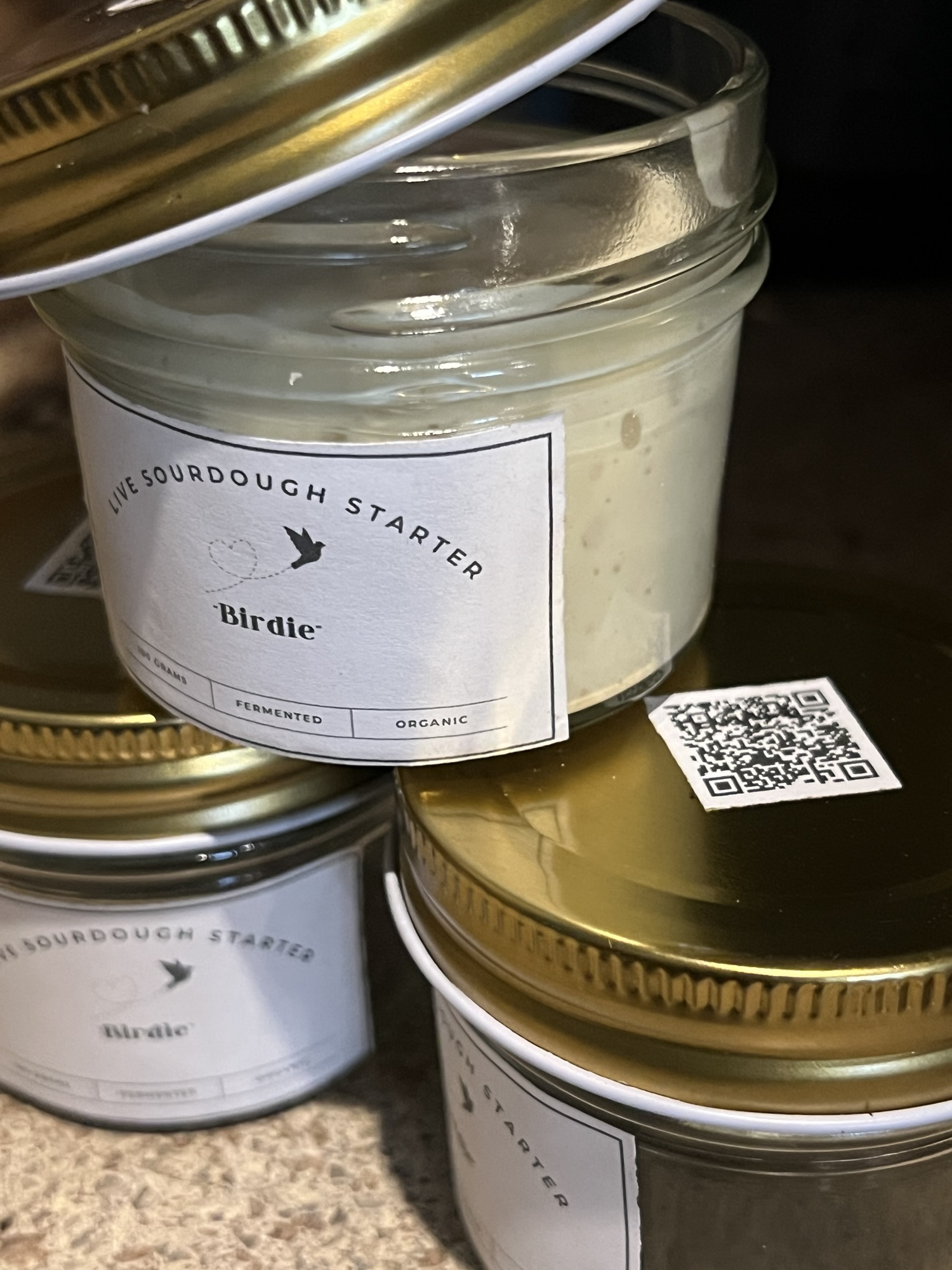
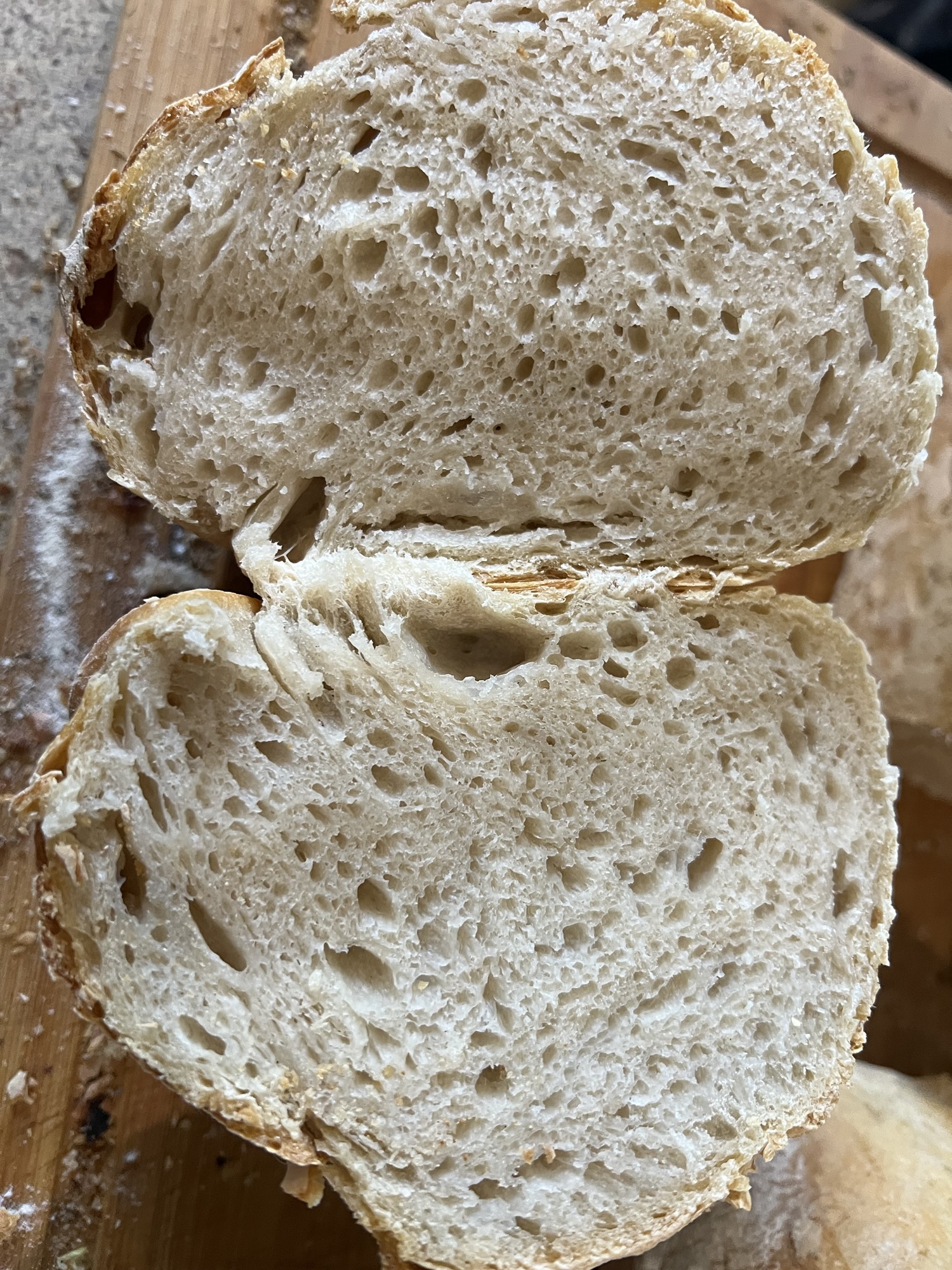
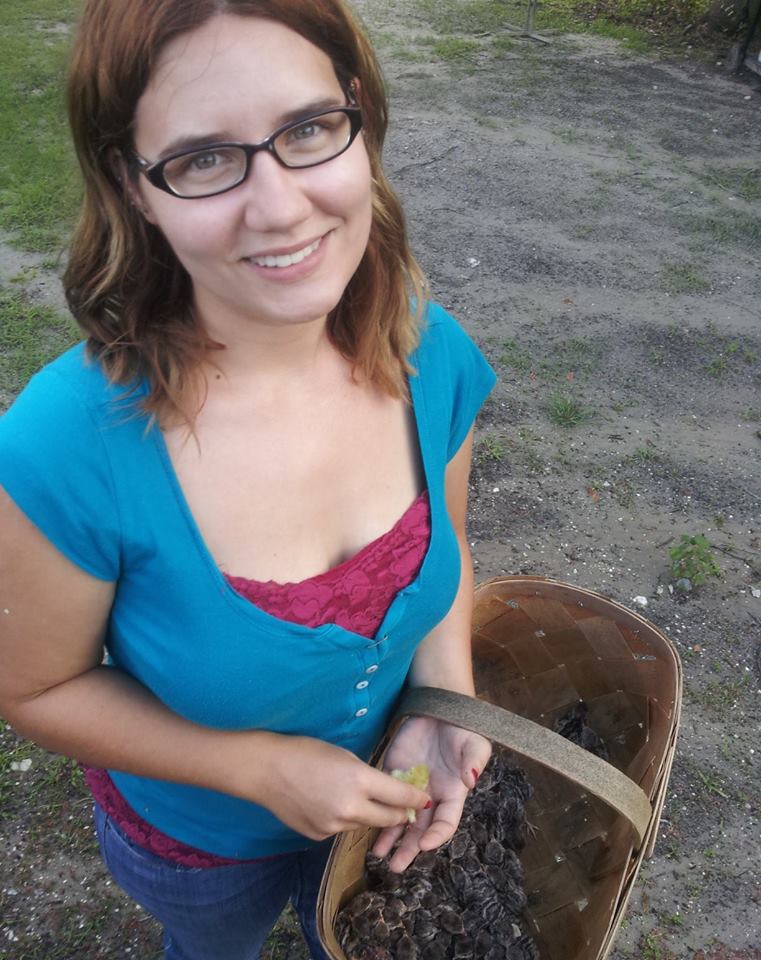



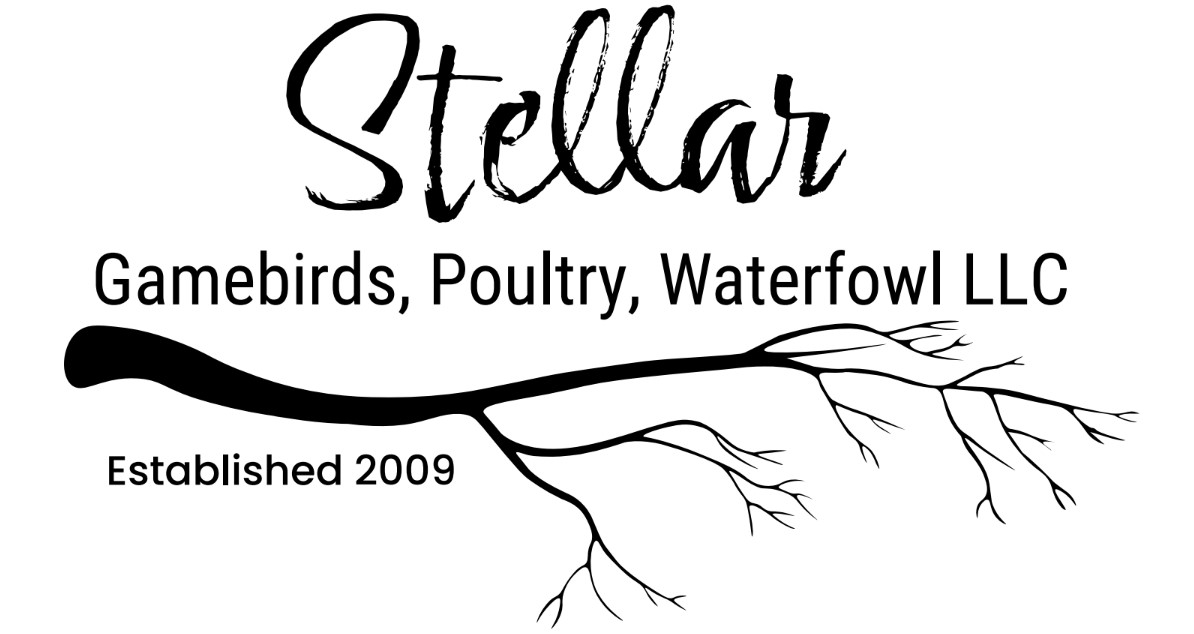

Recent Comments